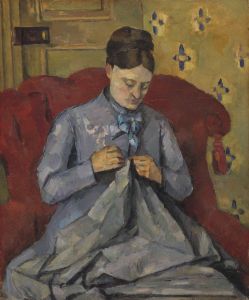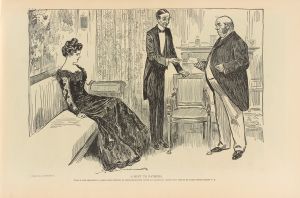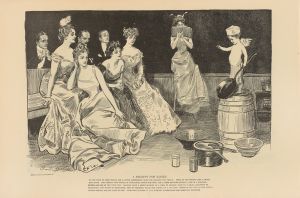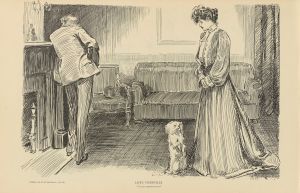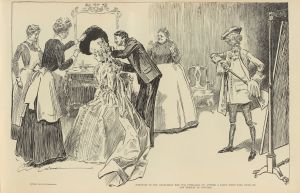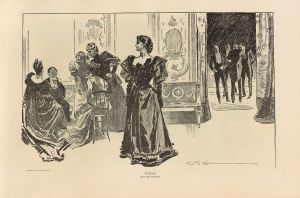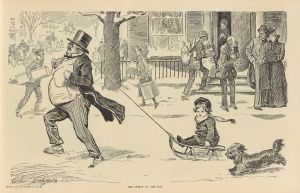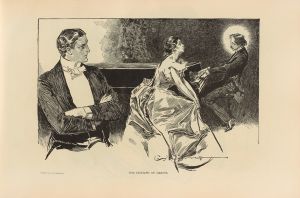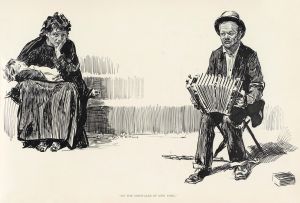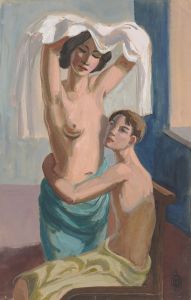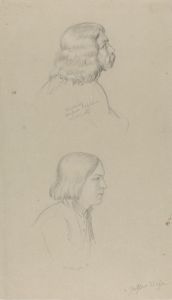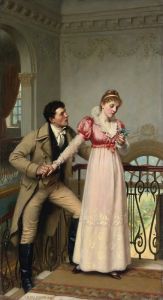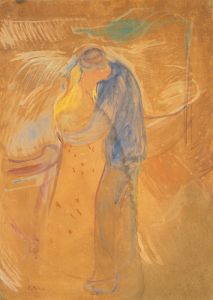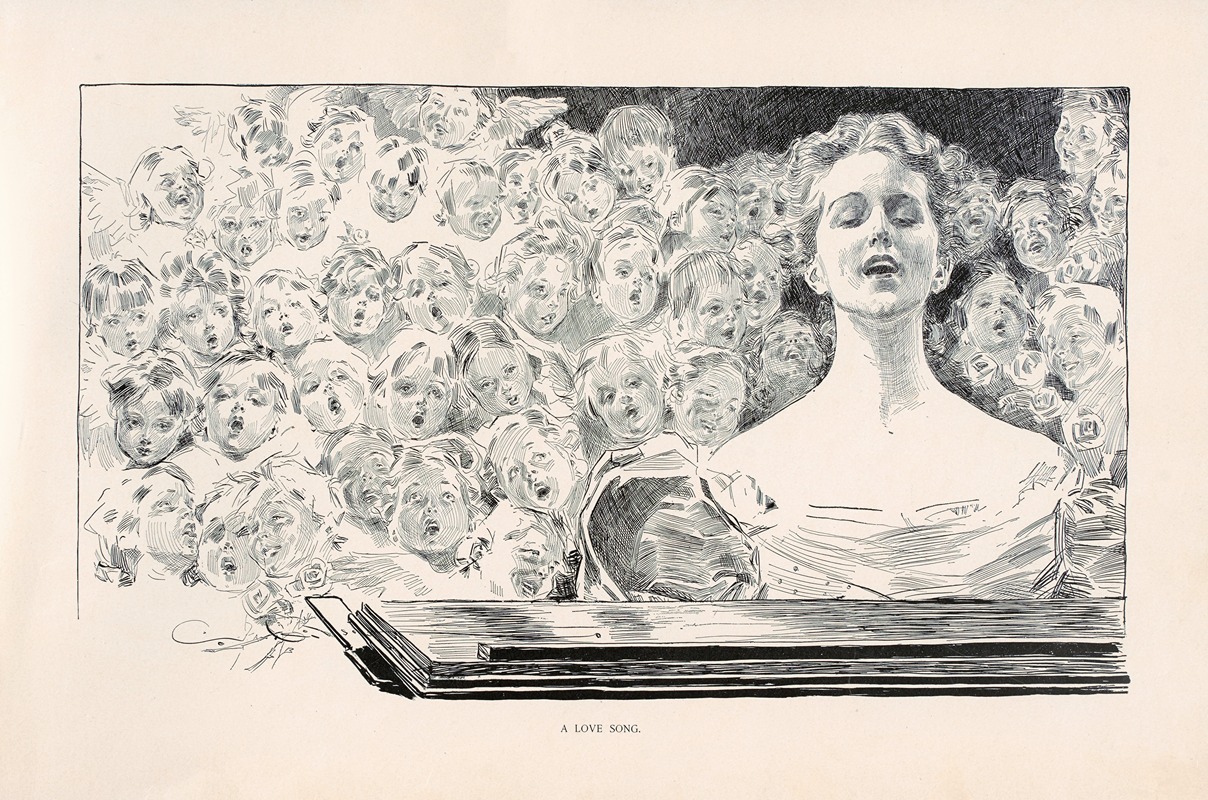
A Love song
A hand-painted replica of Charles Dana Gibson’s masterpiece A Love song, meticulously crafted by professional artists to capture the true essence of the original. Each piece is created with museum-quality canvas and rare mineral pigments, carefully painted by experienced artists with delicate brushstrokes and rich, layered colors to perfectly recreate the texture of the original artwork. Unlike machine-printed reproductions, this hand-painted version brings the painting to life, infused with the artist’s emotions and skill in every stroke. Whether for personal collection or home decoration, it instantly elevates the artistic atmosphere of any space.
Charles Dana Gibson was an influential American illustrator, best known for his creation of the "Gibson Girl," a representation of the idealized American woman of the late 19th and early 20th centuries. His work captured the spirit of the era and played a significant role in shaping the visual culture of the time. One of his notable works is "A Love Song," which exemplifies his artistic style and thematic focus.
"A Love Song" is a black-and-white illustration that showcases Gibson's characteristic pen-and-ink technique. The artwork typically features a young woman, often depicted in an elegant and poised manner, embodying the grace and sophistication associated with the Gibson Girl. The scene often includes elements that suggest a romantic or sentimental theme, consistent with the title "A Love Song."
Gibson's illustrations were widely published in popular magazines of the time, such as Life, Harper's Weekly, and Scribner's, reaching a broad audience and cementing his status as a leading illustrator. His work, including "A Love Song," was celebrated for its attention to detail, expressive line work, and the ability to convey emotion and narrative through visual art.
The Gibson Girl, as seen in "A Love Song," became a cultural icon, representing a new standard of femininity that was independent, confident, and socially active. This figure was often portrayed in various social settings, engaging in activities that were modern for women of that era, such as bicycling, playing sports, or participating in intellectual conversations. The Gibson Girl was both a reflection of and an influence on the changing roles of women in society during the turn of the century.
Gibson's work, including "A Love Song," is significant not only for its artistic merit but also for its impact on American culture. The illustrations provided a visual commentary on the social dynamics of the time, particularly in relation to gender roles and expectations. Through his art, Gibson contributed to the dialogue about women's evolving place in society, capturing the complexities and contradictions of the period.
While specific details about the creation and reception of "A Love Song" may not be extensively documented, the piece fits within the broader context of Gibson's oeuvre and the cultural milieu of the early 1900s. His illustrations remain a valuable resource for understanding the visual and social history of the United States during this transformative era.
In summary, "A Love Song" by Charles Dana Gibson is a quintessential example of the artist's work, reflecting the themes and style that made him a prominent figure in American illustration. Through his depiction of the Gibson Girl, Gibson not only entertained but also engaged with the cultural conversations of his time, leaving a lasting legacy in the world of art and beyond.





